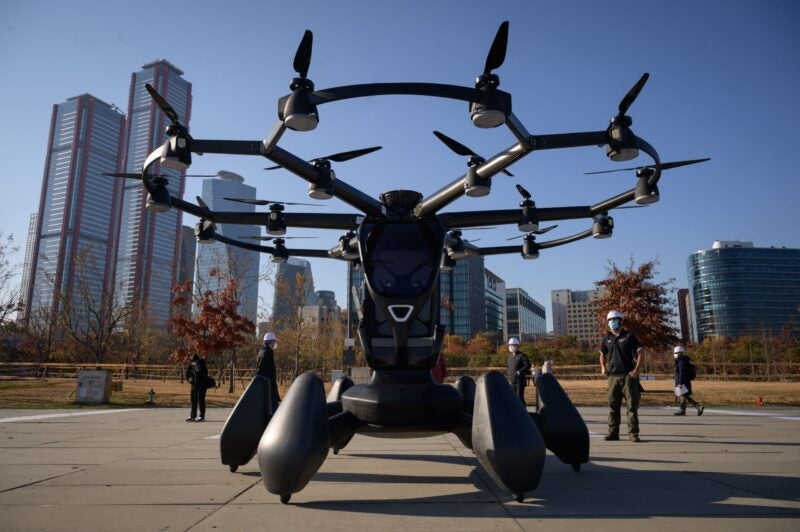
The US Air Force (USAF) is discussing using heavy-lift uncrewed aerial vehicles (UAV) for collecting service members stranded in combat, according to its Chief of Staff, General Charles Brown, in remarks made to the American Enterprise Association.
“Part of the discussion is how do you use autonomous vehicles that might go out and pick isolated personnel up in a high threat environment?”
Speaking on 29 August, Brown’s commented in response to remarks from George Nicholson, Washington liaison officer for the Global Special Operations Forces Foundation, who was critical of how the USAF addressed its combat search and rescue (CSAR) requirements: “Realistically, we have not done an Air Force combat rescue since 1972.”
Nicholson, one of the leads on a worldwide missionary analysis for personnel recovery, expressed disappointment that USAF had not matched the US Army in its take-up of the Valor or Defiant fast-moving vertical-lift aircraft. “The Air Force seems to have very little interest whatsoever going pursuing that path.”
“Your comments are well taken partly because I’ve probably asked the same questions,” replied Brown. “We’ve been doing combat search and rescue the same way we’ve been doing since Vietnam. In a future environment I’m not sure that’s the same way we’re going to be able to do it.
“I’m afraid we’re going to lose a bunch of people on a helicopter, or a CV or MV-22.”
How well do you really know your competitors?
Access the most comprehensive Company Profiles on the market, powered by GlobalData. Save hours of research. Gain competitive edge.
 Company Profile – free sample
Company Profile – free sampleThank you!
Your download email will arrive shortly
Not ready to buy yet? Download a free sample
We are confident about the unique quality of our Company Profiles. However, we want you to make the most beneficial decision for your business, so we offer a free sample that you can download by submitting the below form
By GlobalData
“The threat is much different today than it was back in Vietnam – and we have the same approach,” continued Brown. “I’m afraid we’re going to lose a bunch of people on a helicopter, or a CV or MV-22.
“Part of the discussion is how do you use autonomous vehicles that might go out and pick isolated personnel up in a high threat environment?
“If you lose [an uncrewed] vehicle, maybe it’s not that big a deal, but we still want to bring that [service] member back and get them back to their family. That’s the goal.”
Nicholson expressed admiration for the Commandant of the Marine Corps General David Berger’s modernisation in the US Marine Corps and drew a comparison between this effort and that of US Air Force Secretary Frank Kendall, highlighting Kendall’s decision to truncate the order for HH-60W rescue helicopters in March 2022.
In March 2022 the USAF ended procurement of HH-60W rescue helicopters in FY2023 due to the change in threat environment. During the moderated discussion, Brown was unable to answer as to whether the change in plan for HH-60W amounted to a line-shutdown.
“With electric I’m able to control more effectively my acoustic signature”
Since April 2020 the USAF has been engaged in a research programme, Agility Prime, to develop its own electric vertical takeoff and landing (eVTOL) aircraft to serve as autonomous aerial vehicles.
Agility Prime falls under the purview of Colonel Nathan Diller, director of AFWERX, the innovation arm of the USAF Research Laboratory.
“Electric vertical takeoff and landing has potentially some advantages,” said Diller. “With electric…in general the idea is there’s going to be reduced operational maintenance. With electric I’m able to control more effectively my acoustic signature. Then the other piece is the simplified vehicle operations.”
The programme partnered with commercial industry to accelerate nascent technologies and benefit both the commercial industrial base and military capabilities, including CSAR.



